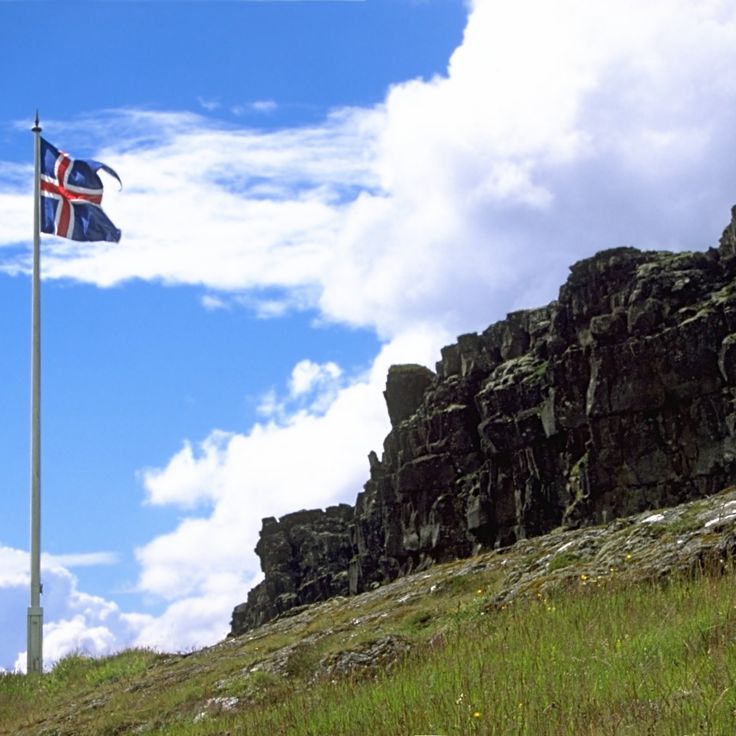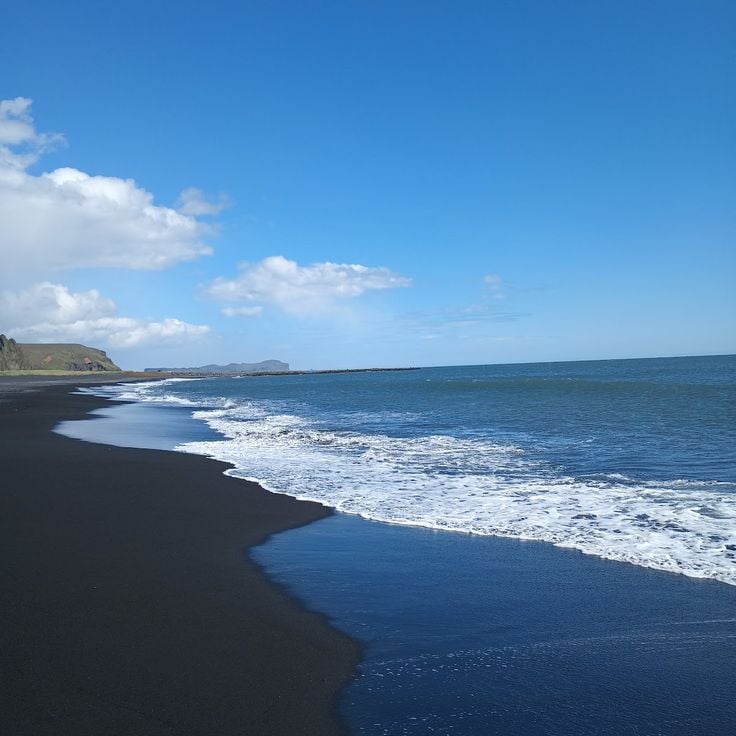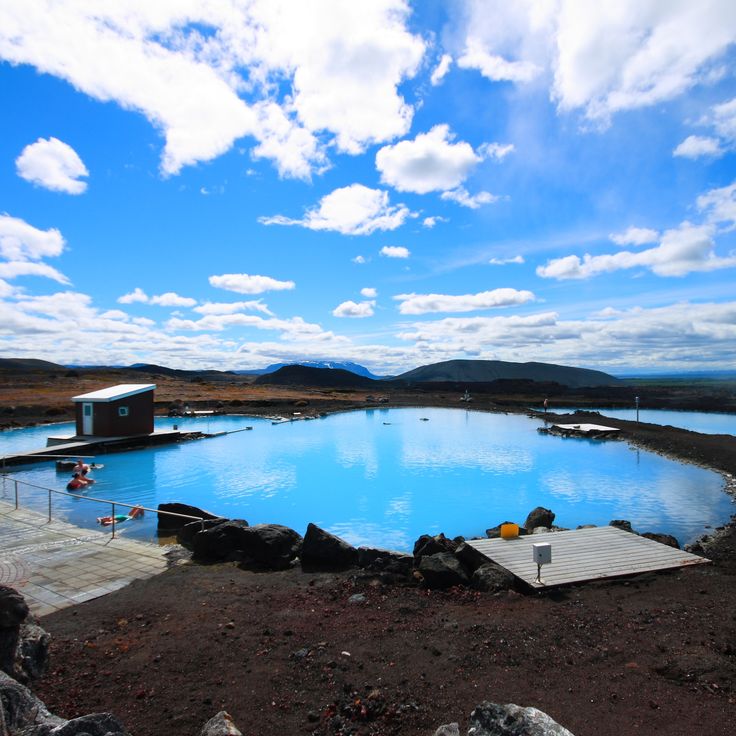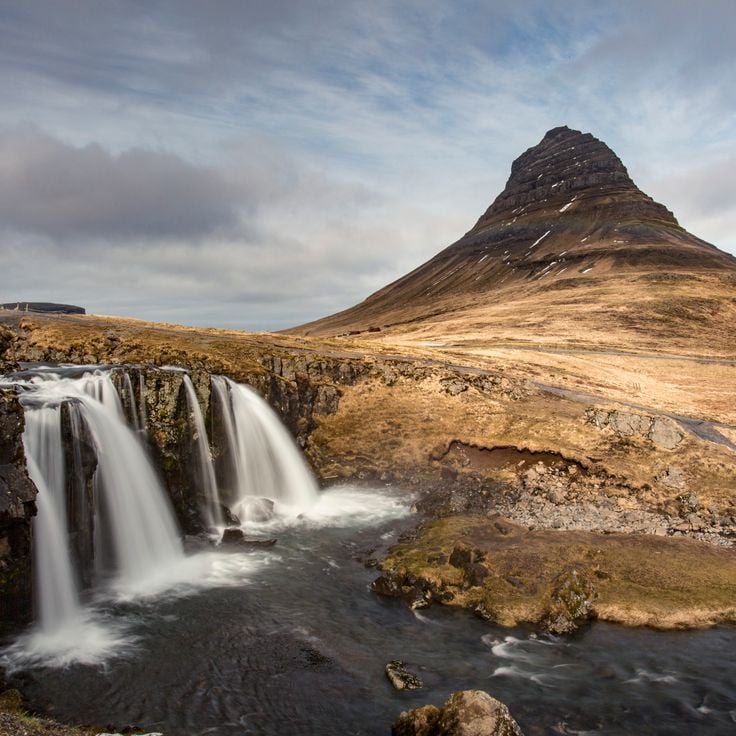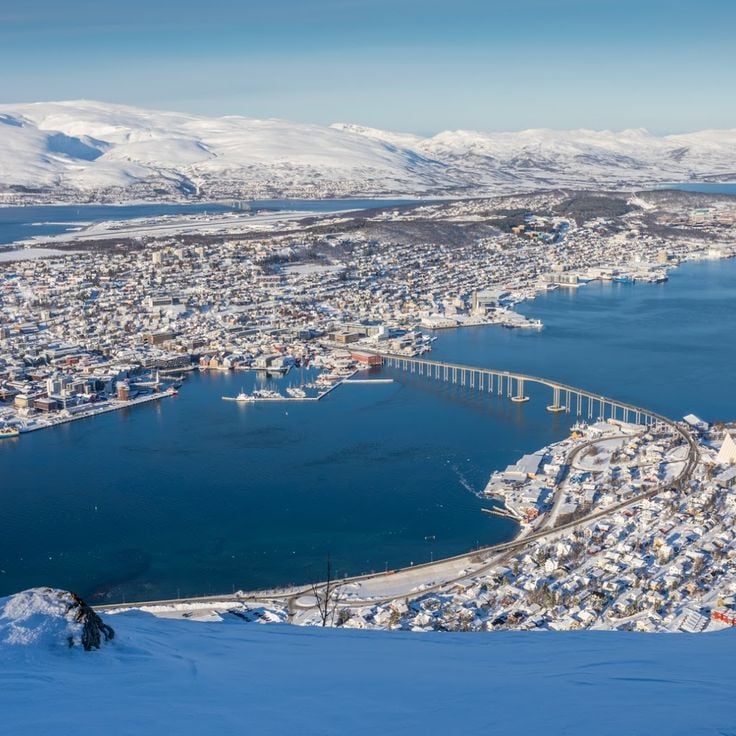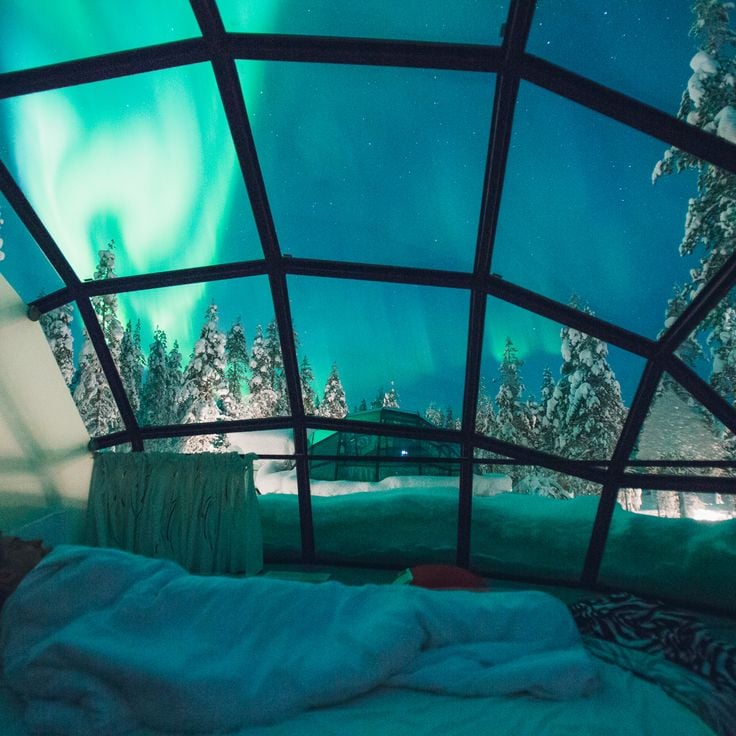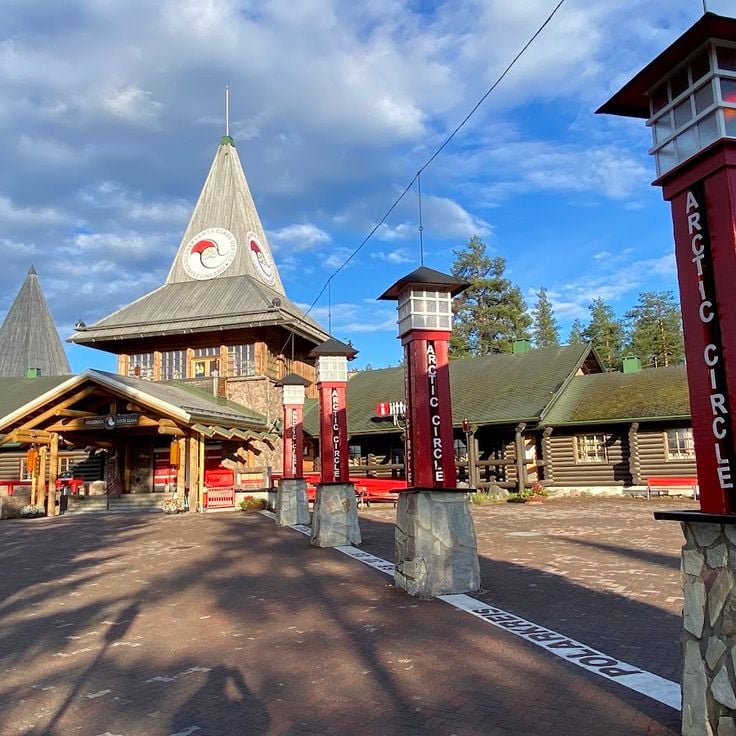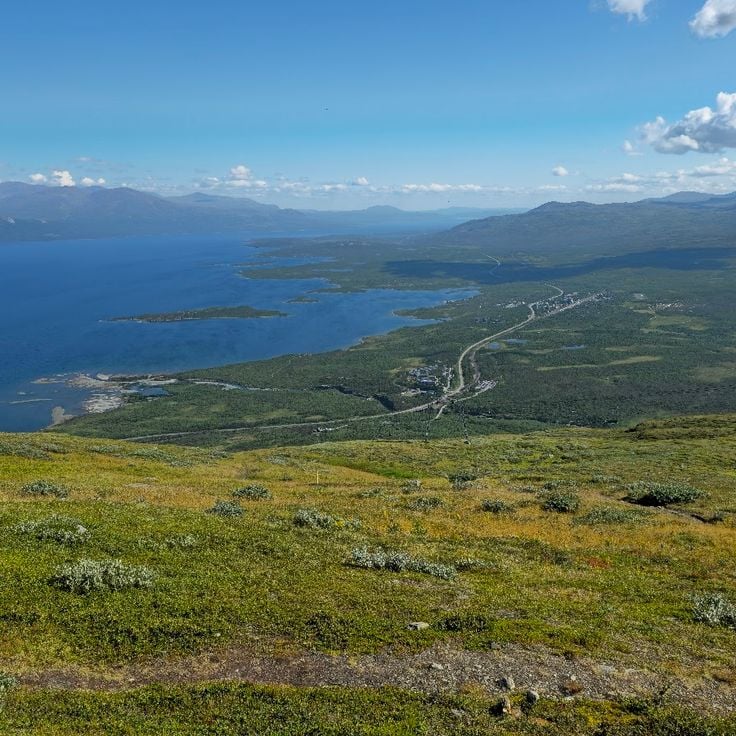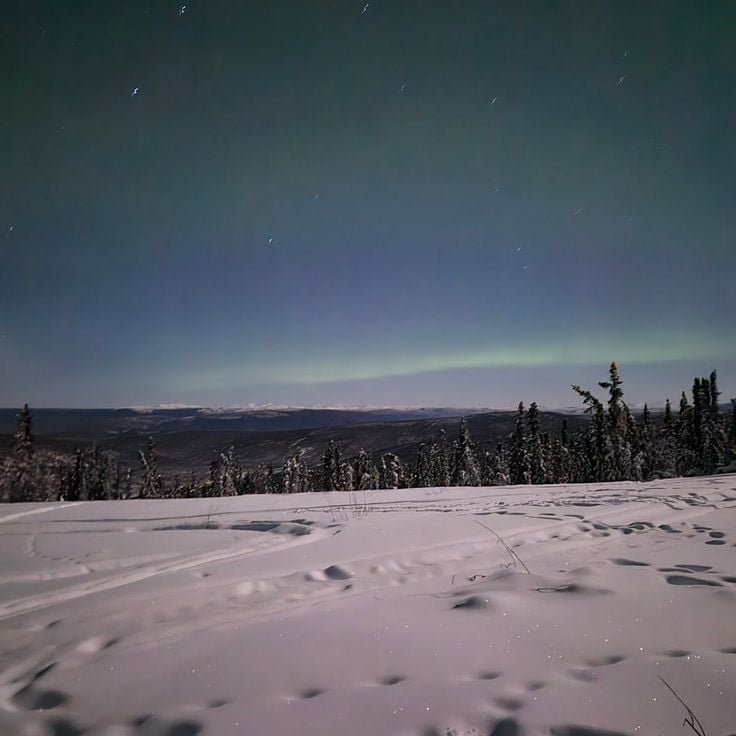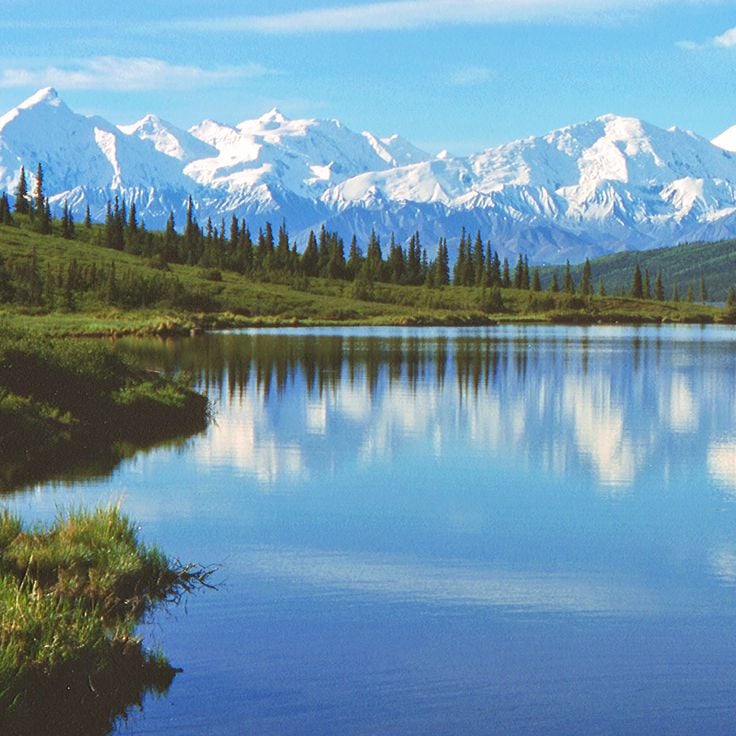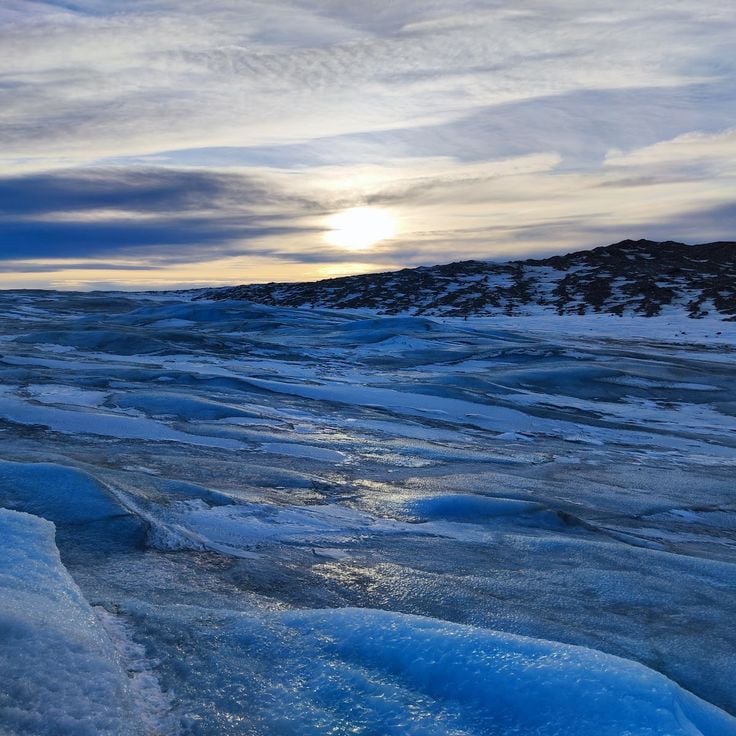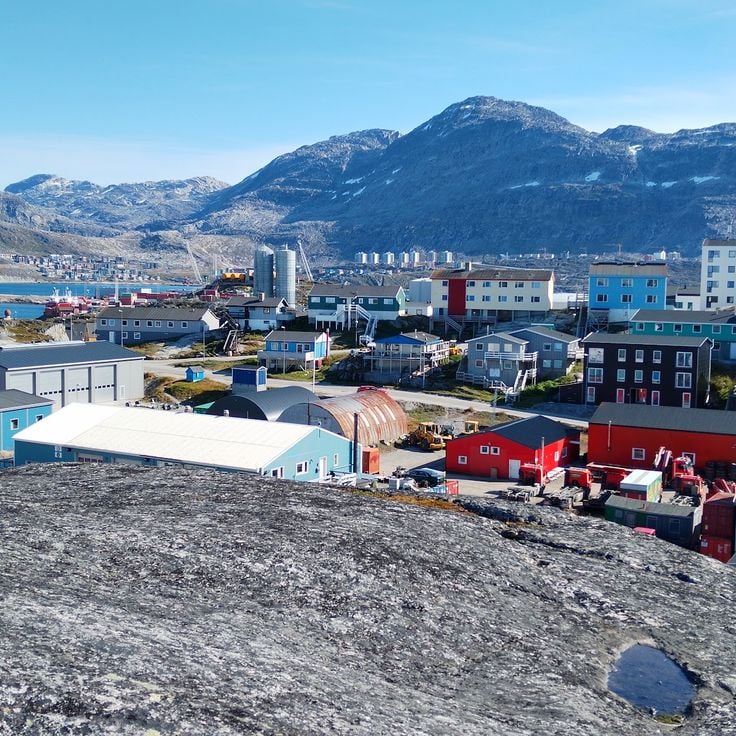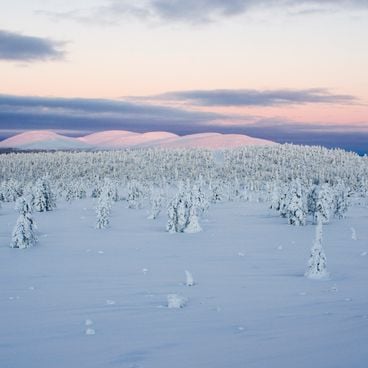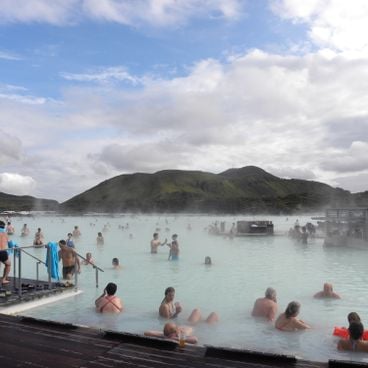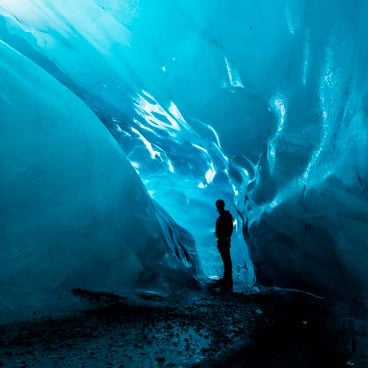This collection presents locations in the polar and subpolar regions of the Northern Hemisphere where aurora borealis can be observed. The sites included lie within the auroral zone, where geomagnetic activity regularly produces natural light displays in the night sky. The list encompasses various landscape types, including national parks, geothermal areas, mountains, islands, fjords, and arctic territories. In Iceland, Þingvellir National Park offers a tectonic rift valley setting for aurora viewing, while the black sand beaches of Vík and the geothermal zone of Mývatn provide different natural backdrops. Mount Kirkjufell near Grundarfjörður is frequently photographed with northern lights overhead. In Scandinavia, the auroral zones of Tromsø and Kiruna, the Lofoten Islands, North Cape, Abisko National Park, and arctic stations in Finland such as Kakslauttanen, Levi, and Rovaniemi provide access to viewing areas at varying latitudes. North America contributes the Fairbanks area in Alaska and Denali National Park to this collection. Greenland offers observation points from the ice sheet near Kangerlussuaq and the fjord region around Nuuk. These locations span latitudes between 60 and 70 degrees north, where auroral displays occur most frequently during the dark months.
Þingvellir National Park occupies a tectonic rift valley where the Eurasian and North American plates diverge. This geological formation created an expansive, open landscape with minimal light pollution, providing favorable conditions for aurora viewing. The park sits within the auroral oval, a region of heightened geomagnetic activity. The flat topography allows unobstructed views of the sky across wide areas of lava fields, gorges, and Þingvallavatn lake. As a UNESCO World Heritage site, this national park combines geological significance with optimal viewing conditions for atmospheric light phenomena during winter months.
The black sand beaches of Vík formed through volcanic activity and lie on Iceland's south coast, approximately 110 miles (180 kilometers) east of Reykjavík. These beaches provide viewing opportunities for the northern lights during winter months when nights are long and dark. The dark surface of the volcanic sand enhances the contrast with the green and purple light of the Aurora Borealis. Basalt rock formations and the Reynisdrangar sea stacks define the coastline, while the open Atlantic location allows clear views of the night sky. The region sits below the main auroral zone, so observations depend on geomagnetic activity levels.
The geothermal zone of Mývatn is located in northern Iceland within an active volcanic system. The area contains lava formations, mud pots, steam vents, and several crater rows formed by volcanic activity. Geothermal processes have created a landscape of fumaroles and hot springs across the region. Mývatn sits within the auroral oval, where geomagnetic conditions favor the visibility of northern lights. The dark winter months and minimal light pollution in this sparsely populated region provide favorable conditions for observing the phenomenon. The area combines volcanic geology with opportunities to view auroras over the steaming landscapes.
Mount Kirkjufell rises along the northern coast of the Snæfellsnes Peninsula and provides a distinctive backdrop for northern lights viewing. Its pyramid-shaped silhouette reaches 1519 feet (463 meters) in height and stands prominently against the coastal landscape, frequently photographed together with the nearby Kirkjufellsfoss waterfall. The mountain's location within the auroral zone enables regular sightings of the aurora borealis during the winter months from September through March, when nights are sufficiently long and atmospheric conditions are favorable.
This zone lies in the center of the northern auroral oval and provides regular opportunities to observe the northern lights during the winter months, particularly between September and March. The city sits at 69 degrees north latitude and benefits from its geographic position within the aurora zone, where geomagnetic activity occurs most frequently. The surrounding landscape of fjords, mountains, and open waters creates varied vantage points for sky observation. Several viewing locations in the area are accessible from the city and offer clear views of the northern horizon, where the aurora typically appears.
The Lofoten Islands are a Norwegian archipelago north of the Arctic Circle, known for northern lights viewing between September and April. The rugged mountain landscape with peaks rising over 3300 feet (1000 meters) and fjord-like coastal waters provide a natural setting for this celestial phenomenon. Traditional fishing villages with characteristic red wooden buildings, the reflection of the aurora in sheltered bays, and minimal light pollution make Lofoten a favorable location for nighttime observation. The archipelago lies within the auroral zone, where geomagnetic activity is particularly pronounced.
North Cape is a coastal cliff on the northern edge of Magerøya Island, positioned at 71 degrees north latitude. From September through March, polar night conditions prevail, with the sun remaining below the horizon. This extended darkness, combined with the site's location within the auroral oval, provides favorable conditions for observing northern lights. The plateau rises 1,007 feet (307 meters) above the Arctic Ocean. The geographical position beneath the geomagnetic pole contributes to frequent aurora visibility during winter months.
Levi Fell is a mountain in Finnish Lapland that hosts a ski resort and serves as an observation point for the northern lights. The elevated location provides clear views of the northern sky, which facilitates observation of geomagnetic phenomena. The area lies within the auroral belt, where conditions are favorable for northern lights displays during the dark winter months. The combination of accessible infrastructure and geographic position makes this mountain a practical location for observing this natural light phenomenon.
This tourist facility is located in Arctic Lapland and features specially designed glass igloos and log cabins that provide guests with direct views of the night sky. The station sits north of the Arctic Circle in an area with minimal light pollution, where aurora activity is particularly pronounced during the winter months from September through March. Facilities include heated accommodations with panoramic windows and glass roofs designed for viewing the northern lights, as well as amenities for winter activities in the surrounding wilderness.
The Arctic Circle at Rovaniemi marks the geographic boundary at 66°33' north latitude, where during the winter solstice the sun remains below the horizon for at least one full day. This zone provides good opportunities for viewing the northern lights between September and March, as it lies at the southern edge of the Arctic region where geomagnetic activity occurs frequently. The area features several observation points and facilities established specifically for visitors seeking to experience this atmospheric phenomenon. The location makes Rovaniemi an accessible starting point for aurora observations in Lapland.
Abisko National Park is located in Swedish Lapland within the auroral zone and provides favorable conditions for observing the northern lights due to its geographic position and frequently clear skies. The area extends along Lake Torneträsk and includes mountain tundra and subarctic vegetation. The Aurora Sky Station on Mount Nuolja serves as an observation point and is accessible by chairlift. The region's microclimate results in less cloud cover than surrounding areas, which enhances visibility of the atmospheric phenomenon. The park is situated approximately 124 miles (200 kilometers) north of the Arctic Circle in the zone of maximum geomagnetic activity.
Kiruna is located in northern Sweden within the auroral zone, where the Earth's magnetic field favors the visibility of northern lights. The region experiences regular geomagnetic activity during the winter months from September through March. Clear, dry Arctic air and minimal light pollution allow observation of the green, red, and violet light displays in the night sky. The town serves as a base for viewing excursions into the surrounding wilderness, where darkness enhances visibility. Aurora activity here typically appears between 6 PM and 2 AM.
The Aurora Oval zone near Fairbanks sits in interior Alaska directly beneath the magnetic center of the northern lights. The area records high frequencies of aurora displays during winter months from September through April, with clear, dark nights and minimal light pollution. Its geographic position below 65 degrees north latitude places Fairbanks within one of the most active zones for geomagnetic activity in North America. The city serves as a base for several observation sites in the surrounding wilderness, where the northern lights appear regularly over boreal forests and snow-covered landscapes.
Denali National Park is located in central Alaska and encompasses the highest peak in North America, reaching 20,310 feet (6,190 meters). The park's remote location and minimal light pollution create favorable conditions for observing the aurora borealis, particularly during the winter months from September through March. This protected area spans 9,500 square miles (24,500 square kilometers) and sits within the auroral zone where geomagnetic activity frequently occurs.
The observation points near the Greenland Ice Sheet at Kangerlussuaq provide access to one of the most remote aurora viewing areas in the world. The region sits directly at the edge of the Kalaallit Nunaat ice cap, the second-largest ice mass on Earth, and lies within the arctic auroral zone with high geomagnetic activity. The extreme geographic latitude of approximately 67 degrees north and minimal light pollution create optimal conditions for nighttime observation of the atmospheric light displays. These points allow observations from September through April, when the polar night provides sufficient darkness for aurora borealis visibility. Temperatures during the viewing season can drop to minus 40 degrees Fahrenheit (minus 40 degrees Celsius).
The fjord region around Nuuk provides favorable conditions for aurora viewing during polar nights between September and April. The capital of Greenland is located below the Arctic Circle on the west coast of the island, where fjords and coastal waters form a natural backdrop for the phenomenon. Limited light pollution and the geographic position within the auroral zone enable regular sightings when geomagnetic conditions are active. The reflection of the lights on the calm fjord waters amplifies the visual effect of this atmospheric phenomenon, which is triggered by solar winds.
